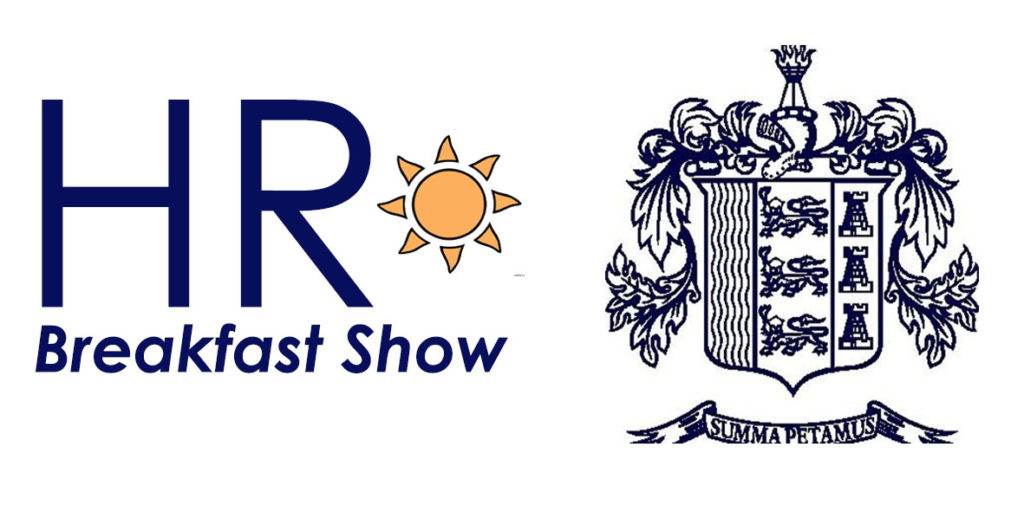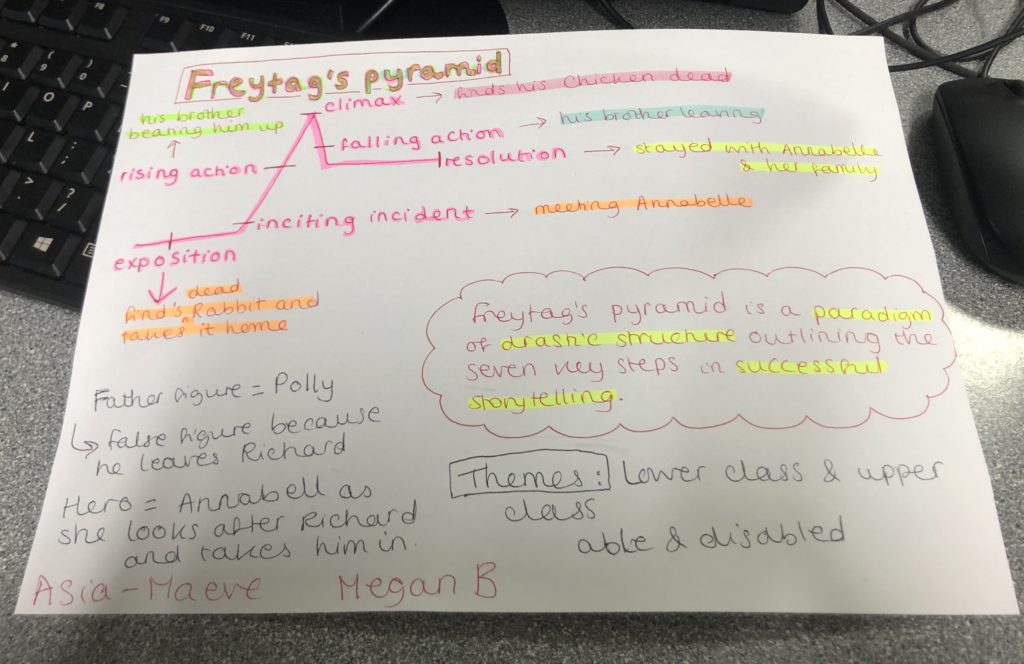FEMINIST THEORIES…
male gaze: the act of depicting women, heterosexual perspective that presents and represents women as sexual objects for the pleasure of the heterosexual male viewer
female gaze: feminist film theoretical term representing the gaze of the female viewer, is a response to feminist film theorist Laura Mulvey’s term “the male gaze”
patriarchy: a social system in which men hold primary power and predominate in roles of political leadership, moral authority, social privilege and control of property
sexualisation: to make something sexual in character or quality or to become aware of sexuality, especially in relation to men and women
post-feminism: used to describe reactions against contradictions and absences in feminism, especially second-wave feminism and third-wave feminism
THEORIES OF REPRESENTATION…
dominant ideology: denotes the attitudes, beliefs, values, and morals shared by the majority of the people in a given society
selective representation: only showing some events/conflicts, not all, sometimes chosen based on importance, proximity to home, and viewer preference
hegemony: the political, economic, or military predominance or control of one state over others
BAUDRILLARD…
simulacra: something that replaces reality with its representation, it is no longer a question of imitation, nor duplication, nor even parody
simulation: the imitation of the operation of a real-world process/system over time, simulations require the use of models to represent the key characteristics/behaviours of the selected system/process
hyperreality: in semiotics and postmodernism, an inability of consciousness to distinguish reality from a simulation of reality, particularly in technologically advanced postmodern societies
STUART HALL…
reception theory: the producer encodes messages and values into their media which are then decoded by the audience, split into three readings: dominant, negotiated and oppositional
GEORGE GERBNER:
cultivation theory: suggests that people who are regularly exposed to media for long periods of time are more likely to perceive the world’s social realities as they are presented by the media they consume
CLAY SHIRKY…
end of audience theory: audience behaviour has changed due to the internet and the ability for audiences to create their own content at home
LIVINGSTONE AND LUNT…
public sphere: an area in social life where individuals can come together to freely discuss and identify societal problems, through that discussions influence political action
regulation: a rule or directive made and maintained by an authority
public interest: he welfare or well-being of the general public and society
transnational culture: learned, transmitted socialization generated from a setting characterized by multiple participants, languages, and ethnic backgrounds
globalisation: the process of interaction and integration among people, companies, and governments worldwide
DAVID HESMONDHALGH…
cultural industry: an economic field concerned with producing, reproducing, storing, and distributing cultural goods and services on industrial and commercial terms
conglomerate: a corporation that is made up of a number of different businesses
vertical integration: a strategy whereby a company owns or controls its suppliers, distributors or retail locations to control its value or supply chain
cultural imperialism: refers to the creation and maintenance of unequal relationships between civilisations, favouring a more powerful civilisation
ROLAND BARTHES…
signification: the act or process of signifying by signs or other symbolic means
denotation: a translation of a sign to its meaning, precisely to its literal meaning
connotation: refers to a meaning suggested or implied
myth: folklore genre consisting of narratives that play a fundamental role in a society
STEVE NEALE…
genre theory: revolves around the ideas surrounding how we define and distinguish genres, and how we categorise films into genres based on usually conventional factors
subgenre: a subdivision of a genre of literature, music, film, etc
TZVETAN TODOROV…
narrative theory: how the narration in a story is created, 5 stages a character goes through: equilibrium, disruption, recognition repair the damage and equilibrium again
DAVID GAUNTLETT…
identity theory: while everyone is an individual, people tend to exist within larger groups who are similar to them, the media does not create identities, but instead reflects them
NOAM CHOMSKY…
5 filters: ownership, advertising, media elite, flak and common enemy
manufacturing consent: framework to analyse the functioning of the media
MEDIA EFFECTS…
uses and gratifications theory: an approach to understanding why and how people actively seek out specific media to satisfy specific needs, split into 4 categories: inform, identify, entertain, escape
maslow’s hierarchy of needs: a theory of motivation which states that there are five categories of human needs: psychological needs, safety needs, love/belonging needs, esteem needs and self-actualisation needs
hypodermic model: an intended message is directly received and wholly accepted by the receiver
media literacy: the practice that allows people to access, critically evaluate and create/manipulate media
moral panic: a feeling of fear spread among many people that evil threatens the well-being of society




